We left Mudumu park and continued to Nkasa Rupara National Park, further south, situated along the Kovango River which makes a natural border between Namibia and Botswana.
As we wouldn’t make it into the park before closing time, we turned off on the right road, passed some settlements and kraals and eventually pulled off the road somewhere, next to a field and called it a day. As we were chatting about the plans for the following day, some guys came up to us, to ask if we were ok. Long story short: after a few minutes it turned out that the one guy was Lunis Mukwata, the curator and caretaker of the Livingstone Museum a bit further down the road. He invited us to visit the museum on our way to the park and that’s what we did.
Just like our guide at the Ombalantu baobab at Outapi had been quite open about the war fare between African tribes in history, this man was just as honest and open about the same subject. Although his story was focused on the travels of Livingstone in this particular area, warfare and inter tribal jealousy seemed to have been part and parcel of that history. He was passionate about what he wanted to share with us. According to him, he got the stories first hand from his grand father and he went to great efforts to preserve this piece of history.
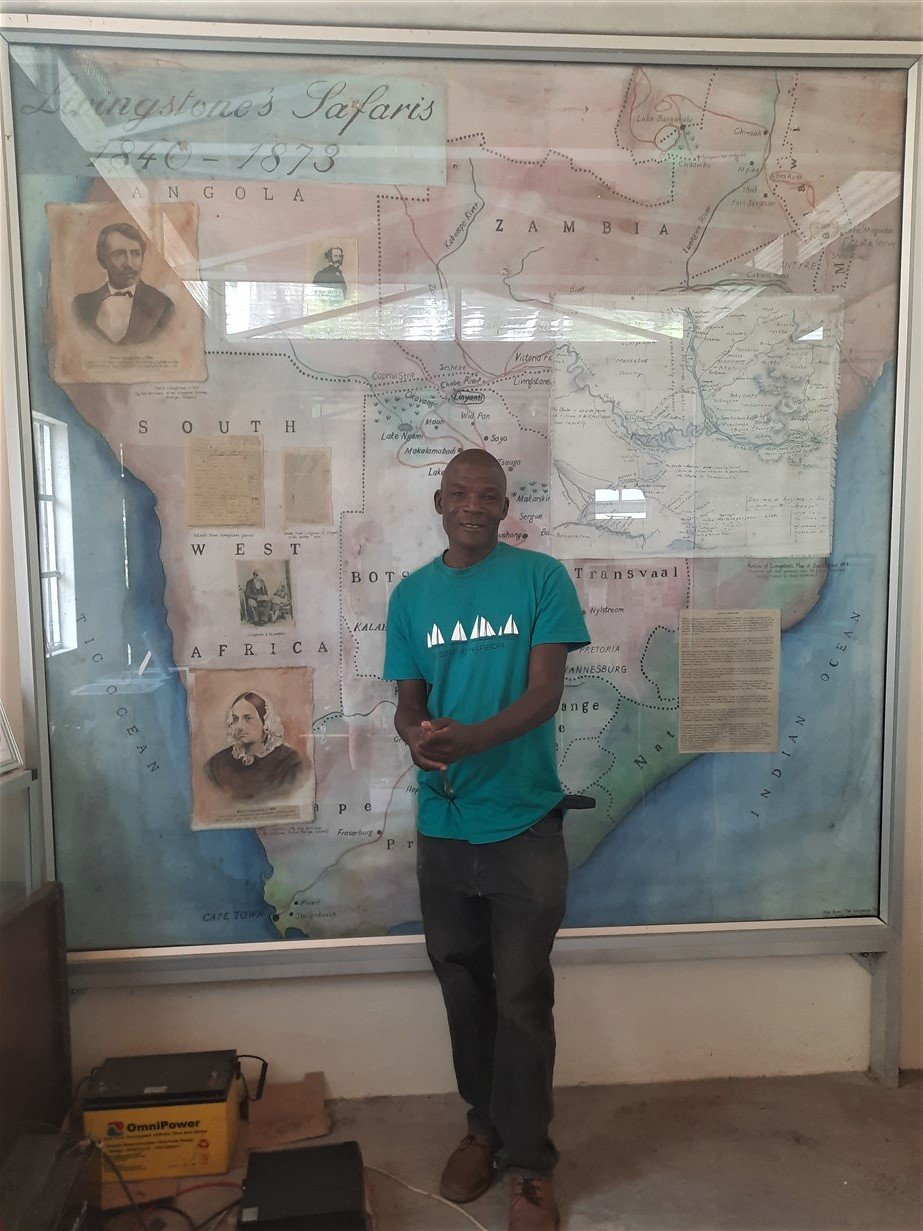
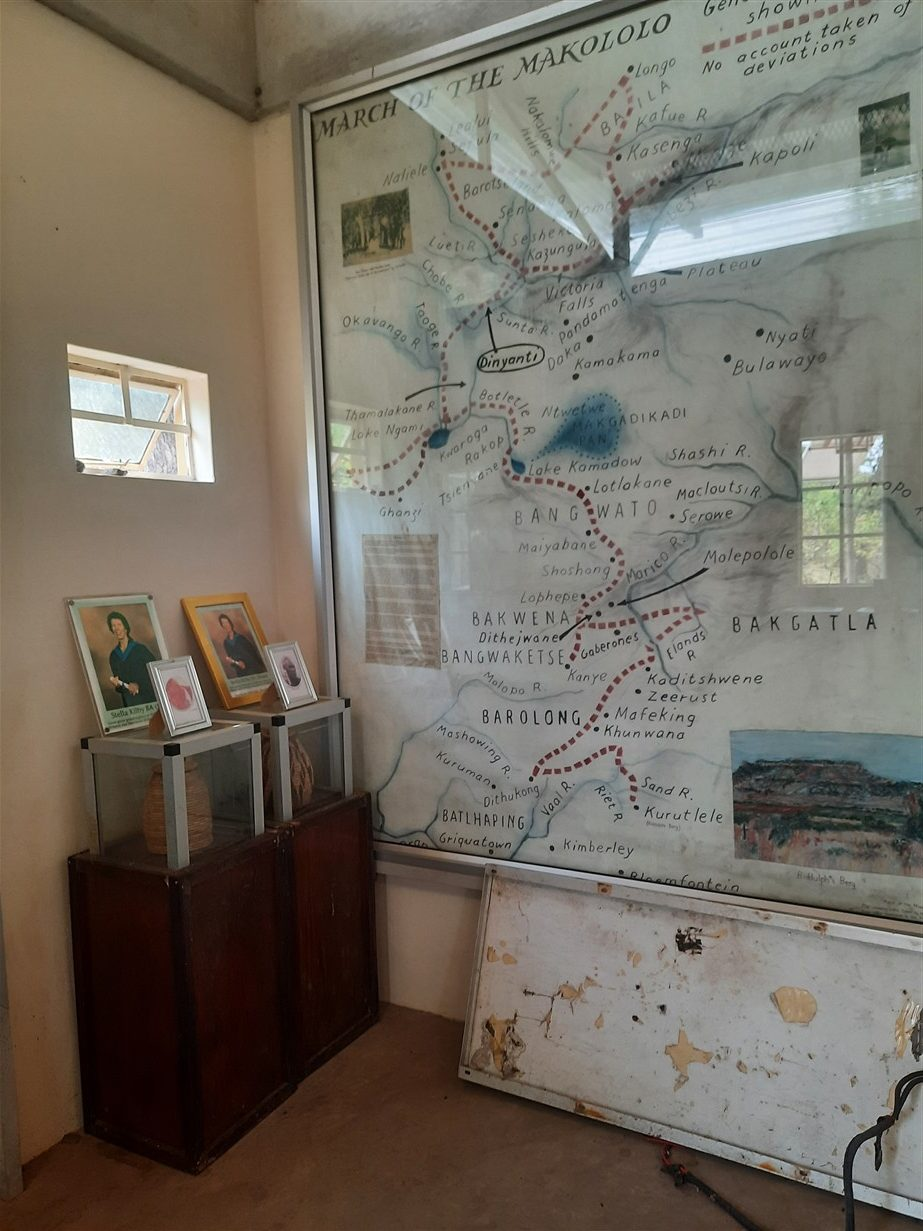
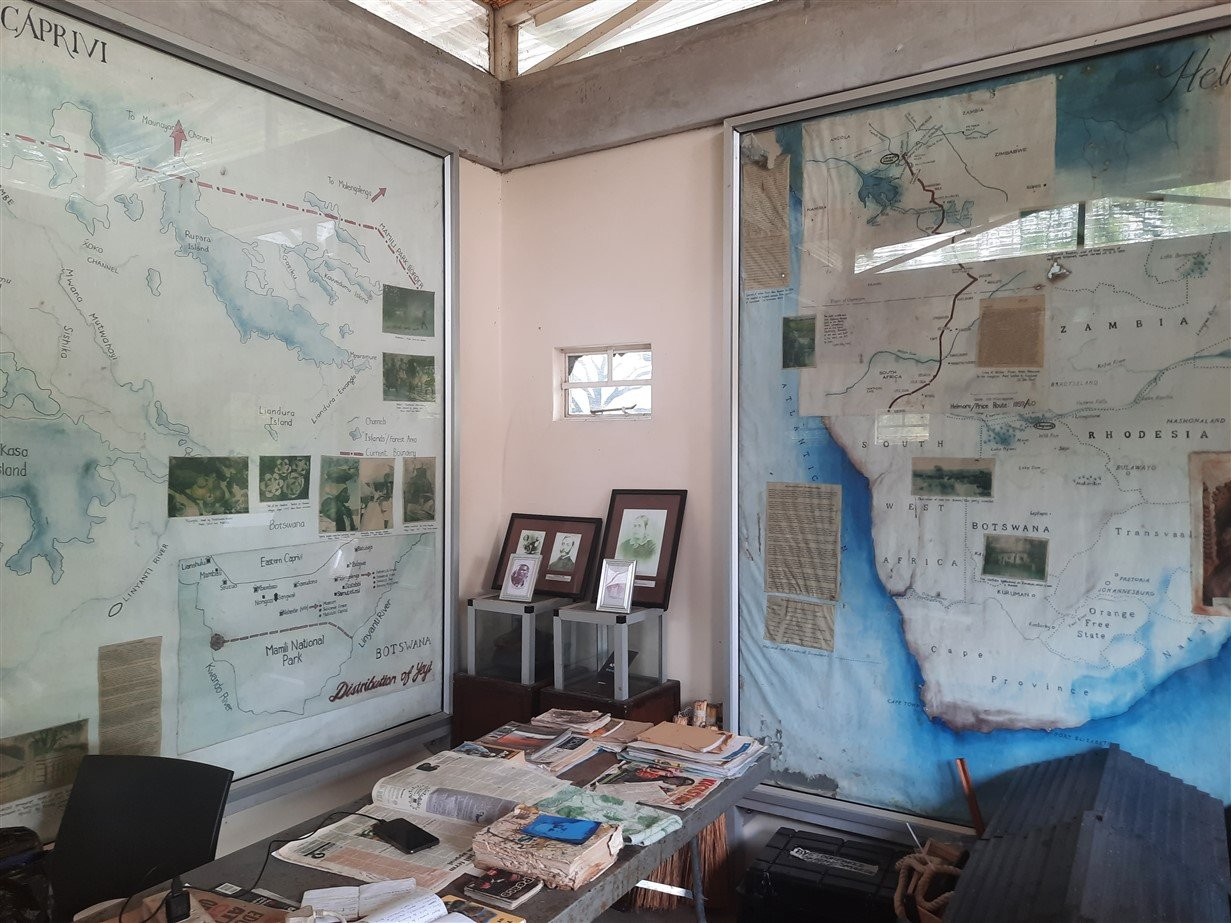
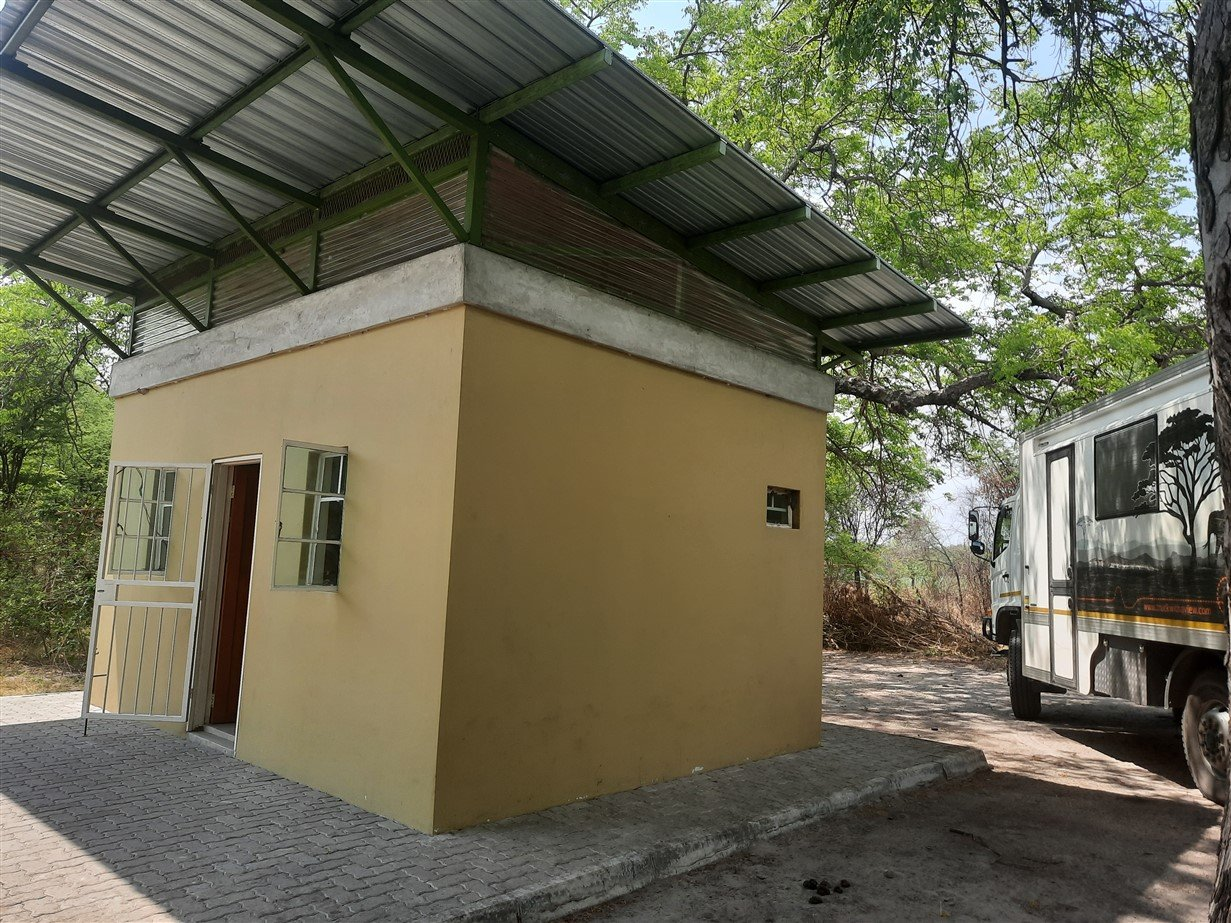
From the museum we continued to the park and we had to pass over some tiny bridges… luckily we didn't have any problems with our 12 ton weight!
As the campsites near Nkasa Rupara National Park were fairly expensive, we decided to only go into the park as day visitors. As we had spent a part of the morning at the Livingstone museum, we would only have half a day in the park. But was it worth it? Yes, yes, yes!
Especially the more southern parts. In the northern sections of the park, there was very little game, but driving more south, closer to the river, we saw elephants in abundance, splishing and splashing in the waterlogged plains.
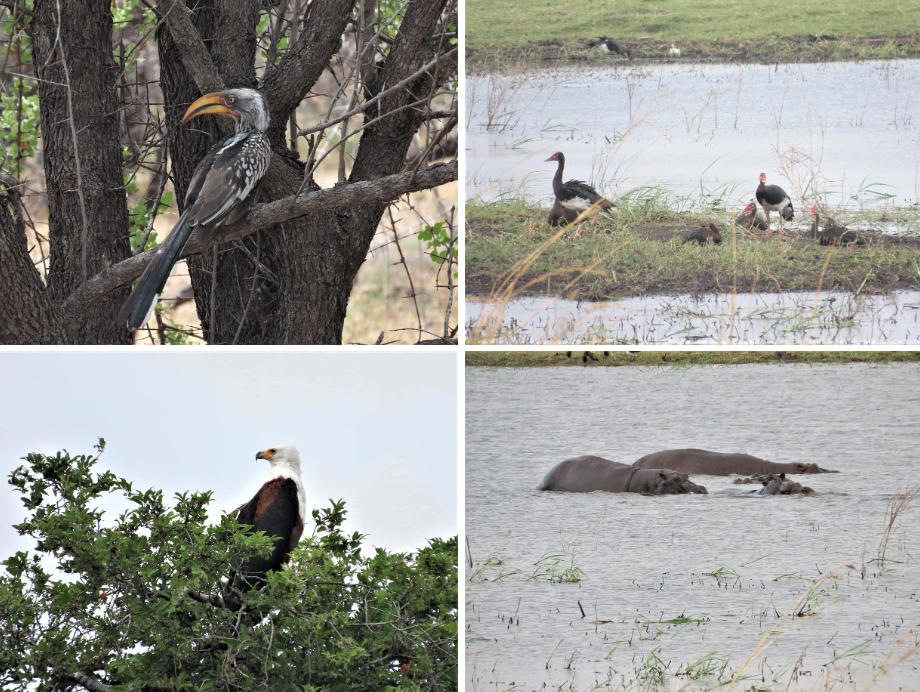
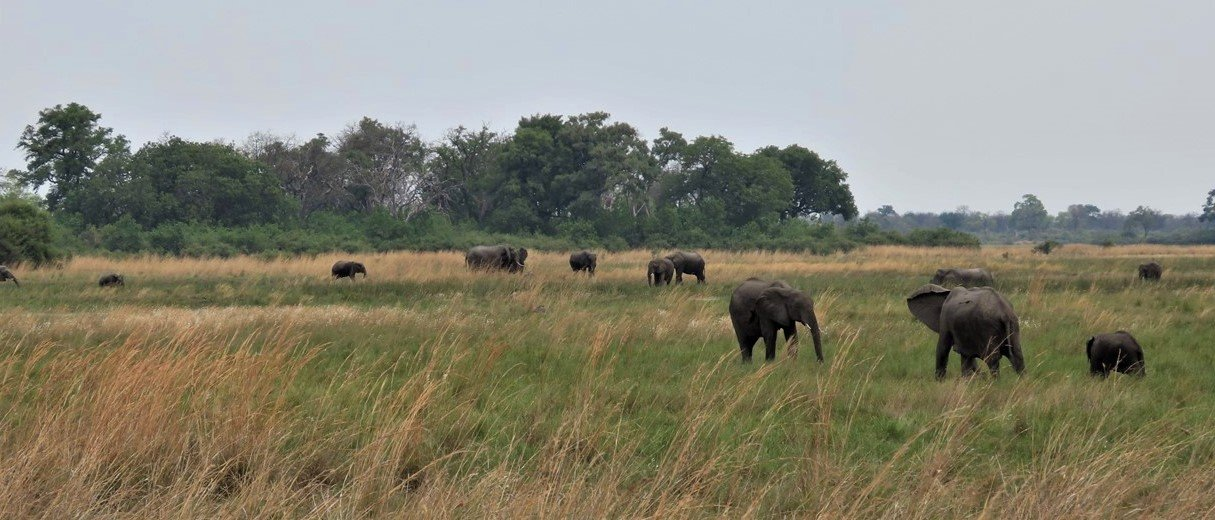
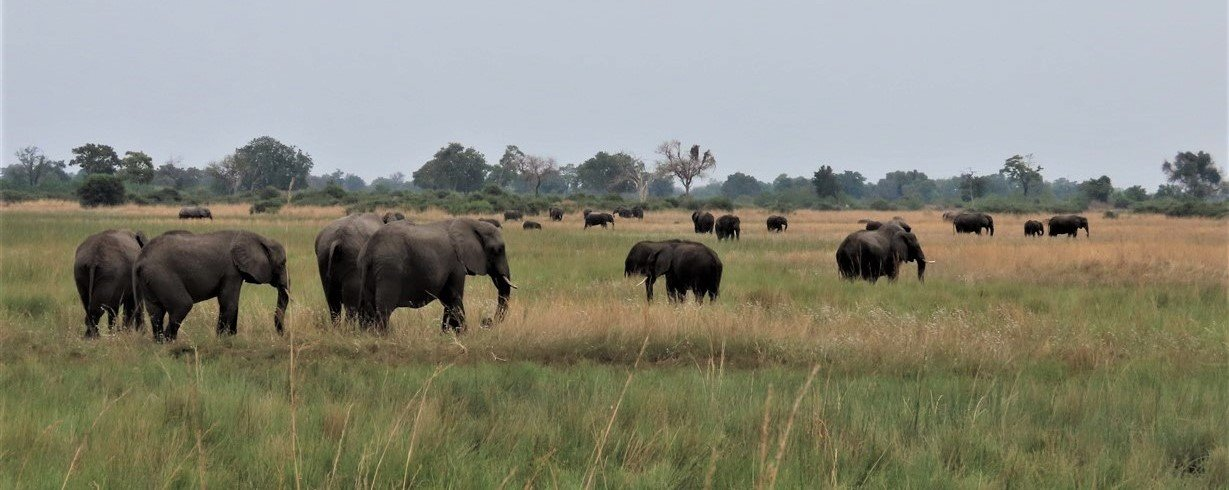
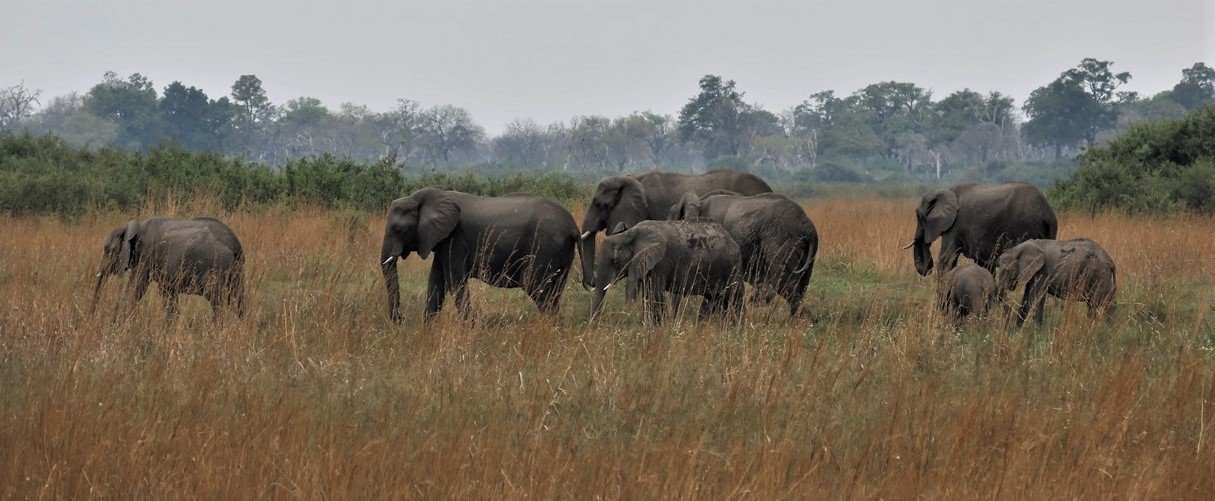
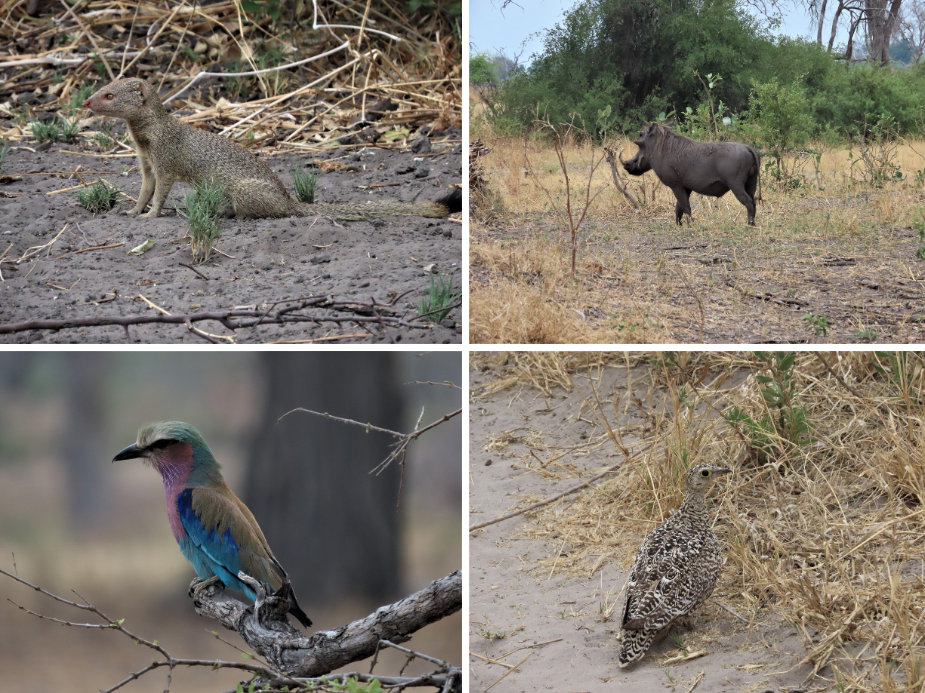
A normal suv had passed us earlier, but as we moved along, they were already returning. We wondered, but not for long. Seeing that this park is all along the Okavango River, there is a lot of water here… with lots of smaller rivers and arteries flowing through the landscape.
We arrived at one of those. It was pretty wide, which, in my books, equals pretty deep. We waited till Moglet arrived and Stefaan walked across to see how deep it was. It was deep!! The water came to the top of his thighs. The last time when he had walked through a (reasonably) deep river, was when we were on our way to Baviaanskloof and I had been adamant NOT to cross with Trokkie. In the meantime, Stefaan has a bit more experience with Trokkie and we had a Moglet-support system! So we decided to give it a go. We came out ok on the other side and I, for one, will be more comfortable in the future when we have to cross another deep river!
We continued to the end of the road, where road meets river and border, and we could see Botswana on the other side!
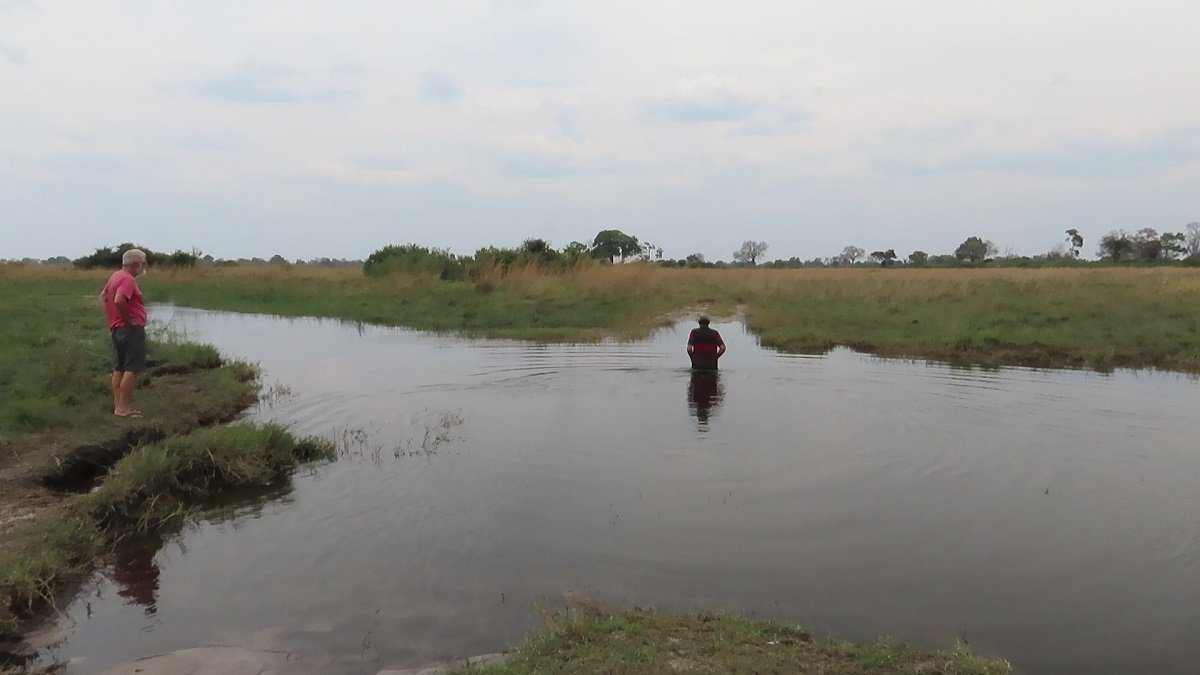
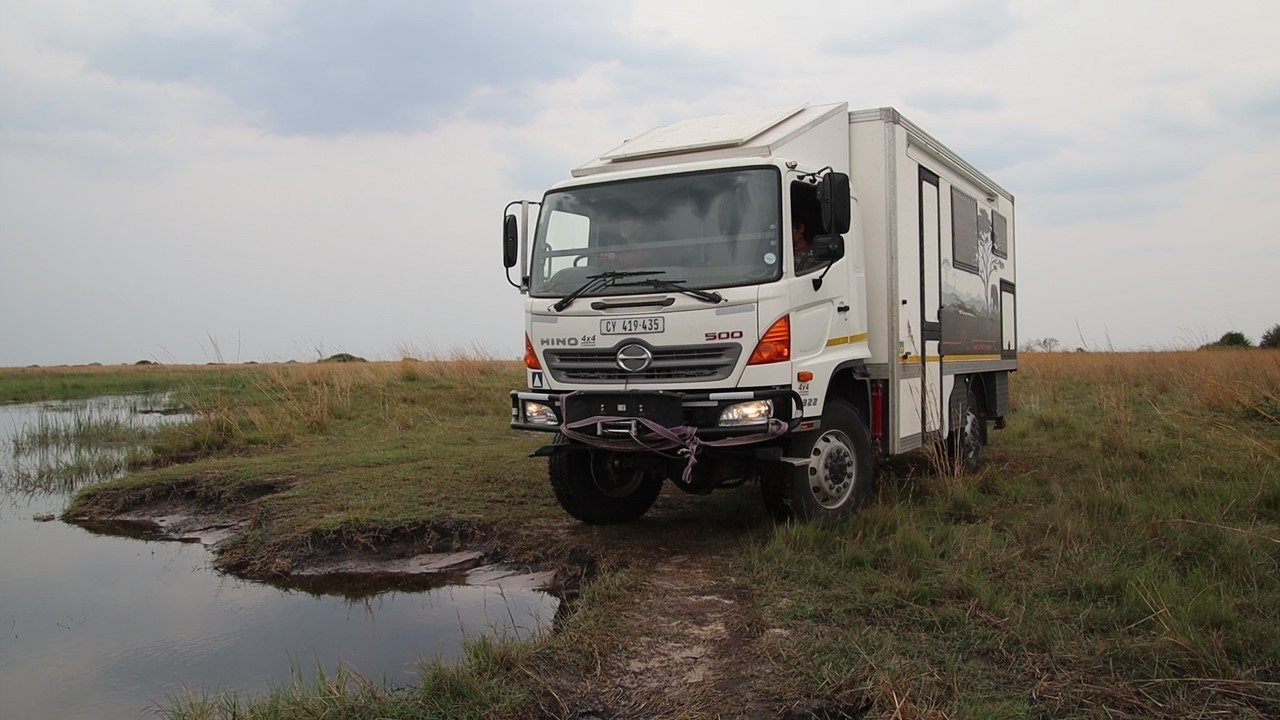
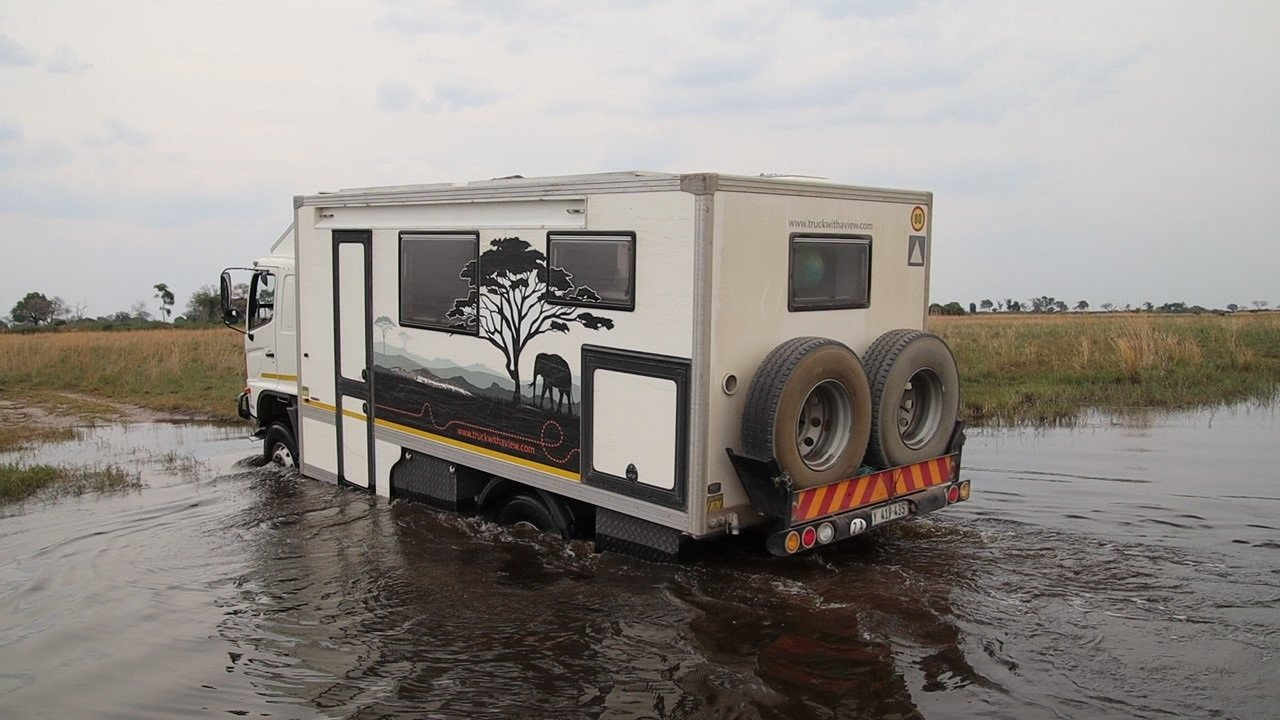
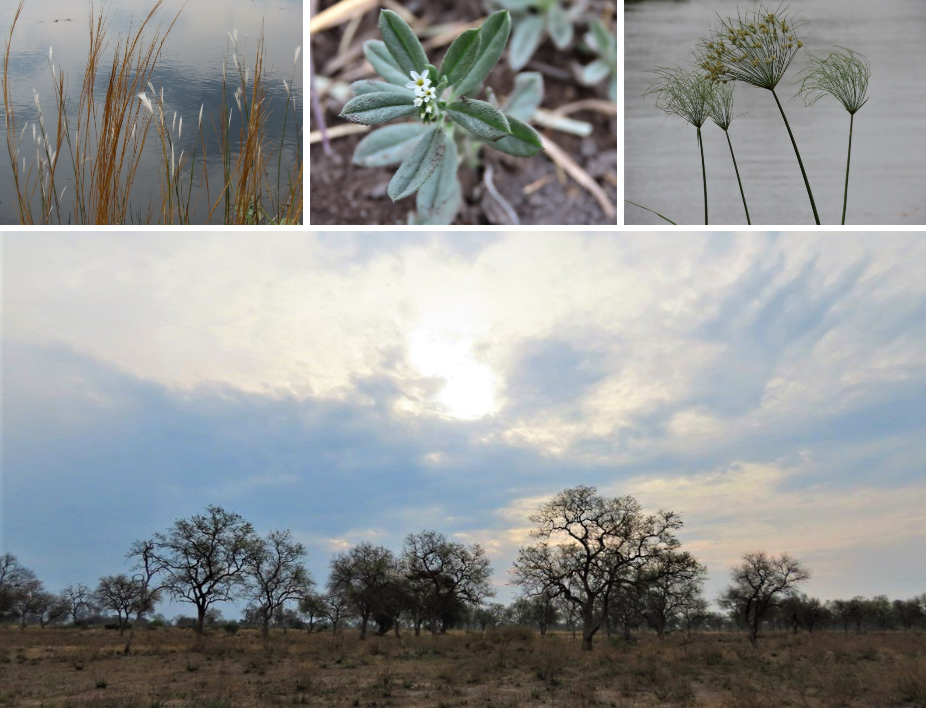
At a leisurely pace we drove back to the gate and out of the park. We parked our homes along the road, cooked and enjoyed a glass of wine and went to bed.
Next morning we headed to Katima Mullilo, at the Namibian side of the Zambezi river. We spent the next few days at various spots along the Zambezi river and caught up with computer work and sorting out photos and videos. One could have worse office views!
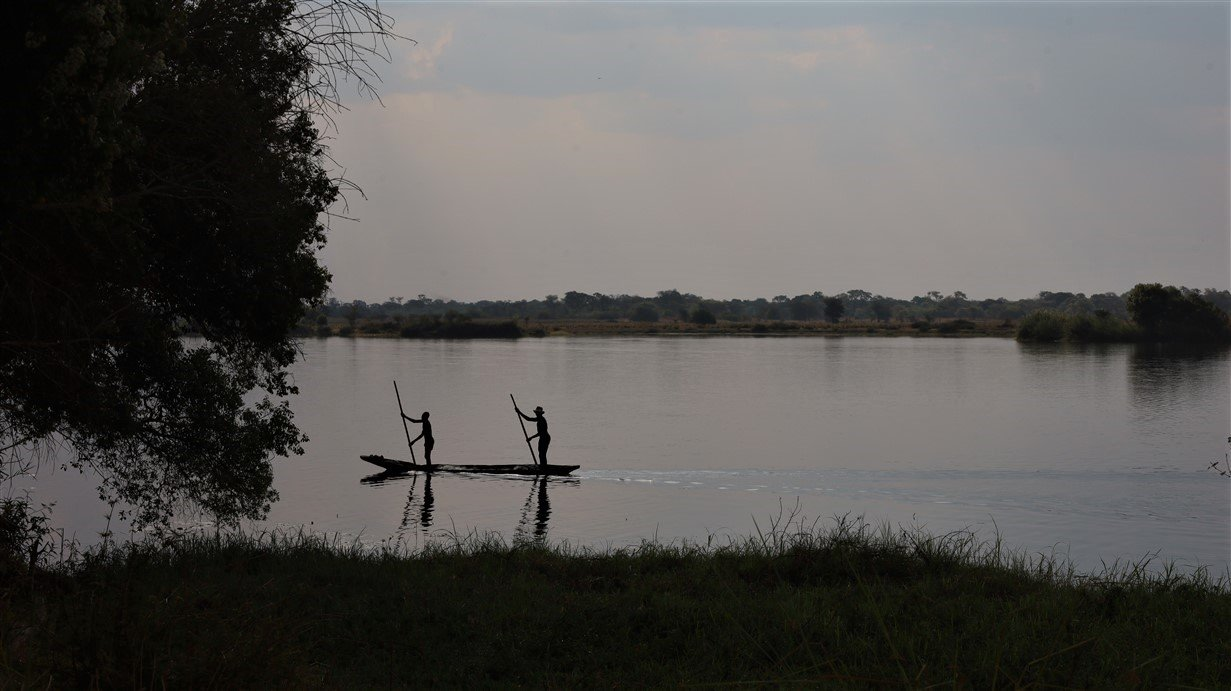
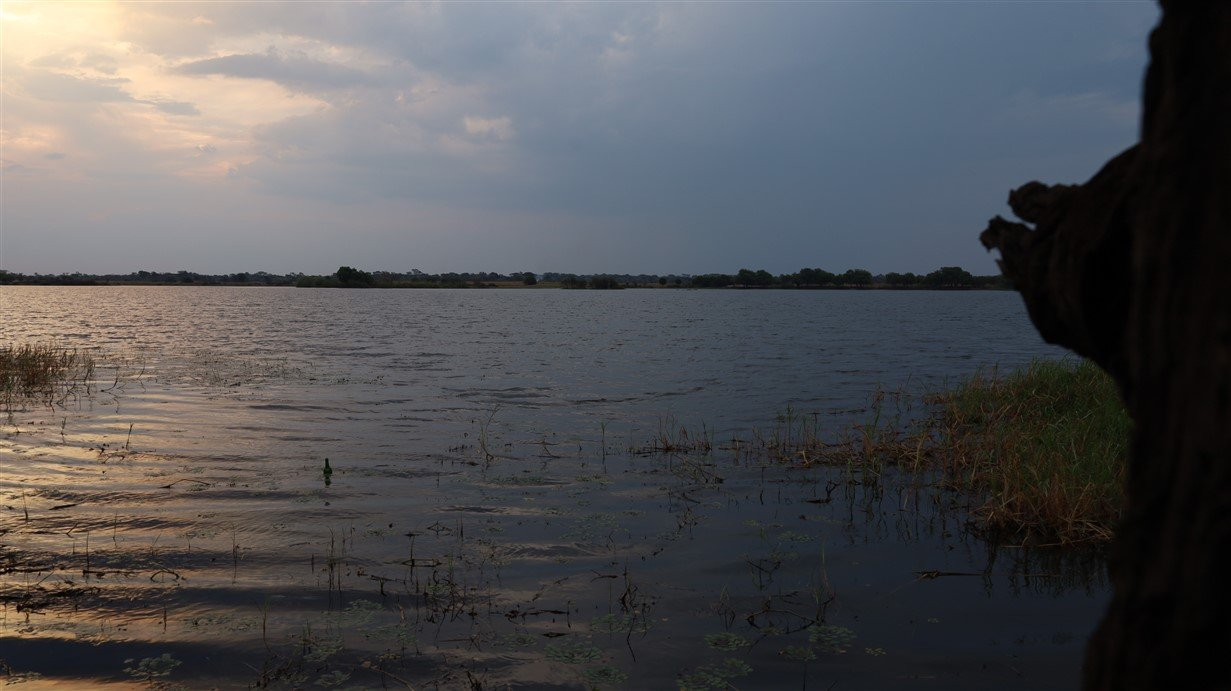
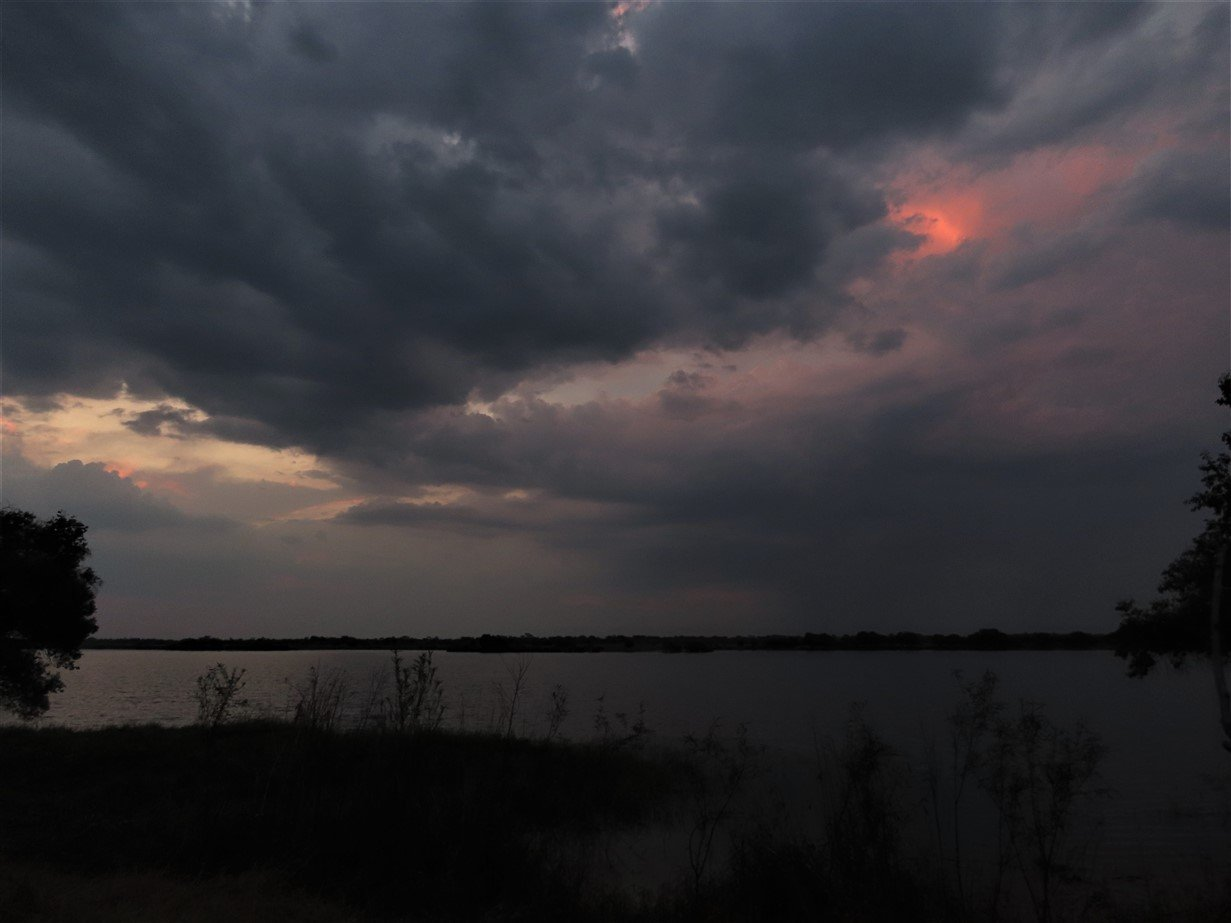
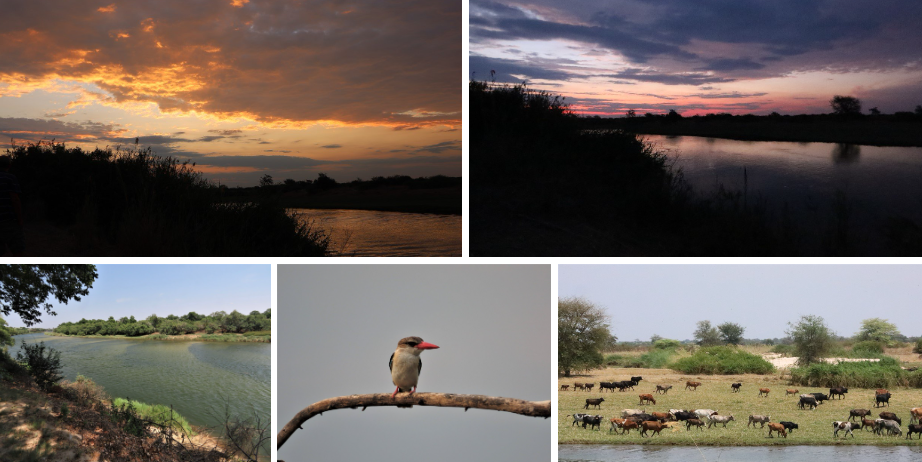
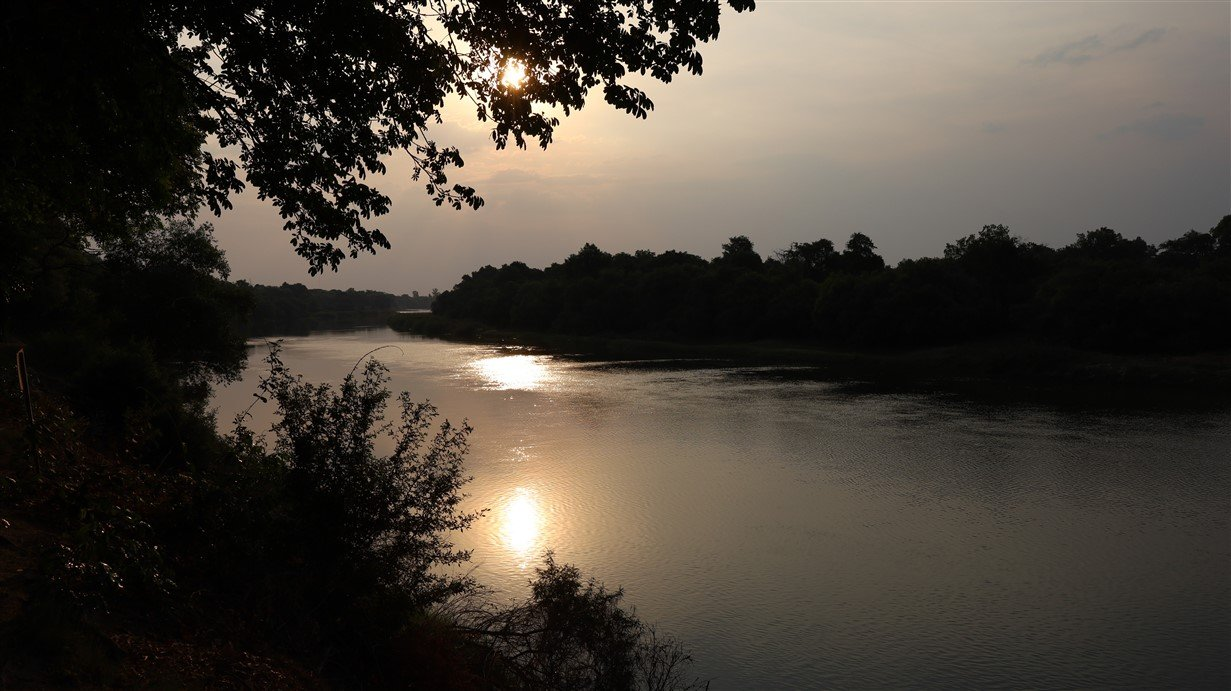
On the 28th we all went for PCR tests. We were heading back south: through Botswana to South Africa as our daughter and the family would be visiting for Christmas. Moglet and her inhabitants would be crossing into Zambia and continue their trip in Africa. We had a last braai at a campsite on the river’s edge and the following day, when we all had our tests, we said our goodbyes and parted ways.
Botswana… here we come!
For more photos, clips and videos follow us on


Caprivi Strip part 2